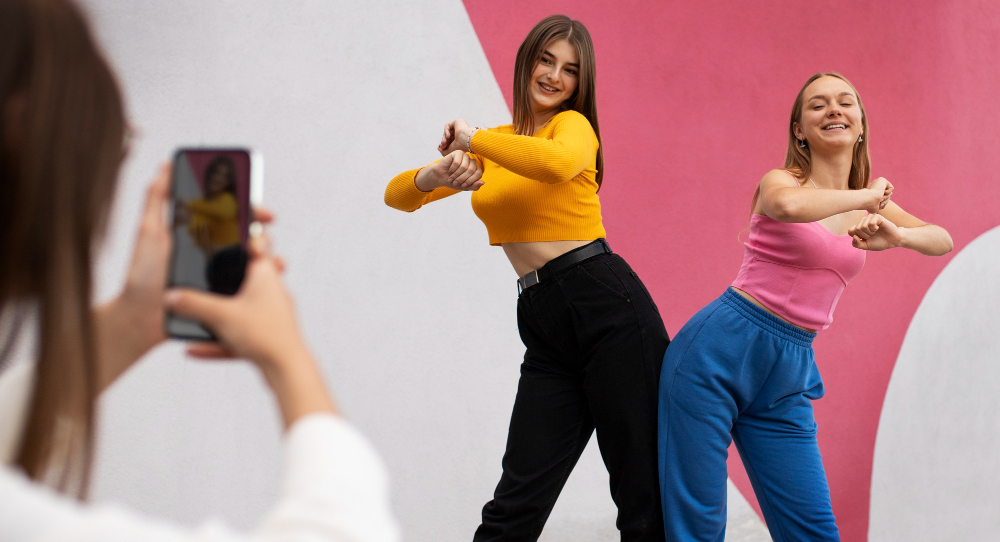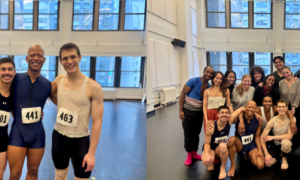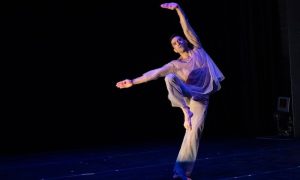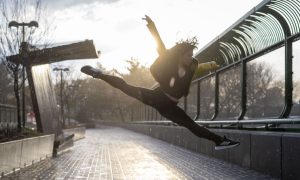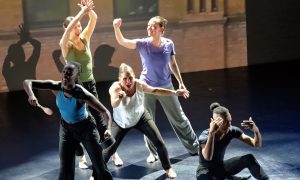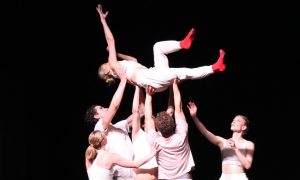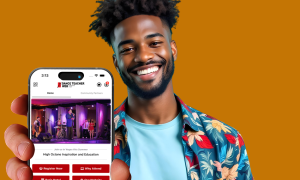In today’s digital age of virtual castings and self-tapes, it’s common for casting directors to turn to social media when considering a performer for a job. How you present yourself online can open doors as much as what you bring to the table in person. Whether you’re just starting out or already working professionally, understanding how to market yourself as a dancer is essential for success. The key is to balance your credibility, visibility and connections. Here, we’ve created a list for you to put into action!
Starting with Instagram, utilize your story highlights to feature your dance reel, headshots, previous work, versatile class videos or your choreography. Have you recently taken dance photos, booked a big job or received footage from class? Pin these posts on your profile so they are the first thing people see. Be strategic and think of it as your digital portfolio with a first impression in mind.
Emily Paige Anderson, a casting director for brands such as Nike, Adidas, Coachella and the Super Bowl, says, “I primarily use Instagram as a tool for sourcing talent — it’s one of the quickest ways to see performance clips, highlight reels and get a sense of someone’s personality. It becomes difficult to move forward when someone claims a skill but doesn’t have any corresponding footage or self-tape online to support it.”
Agreeing with the importance of an online presence, New York-based choreographer, Alexx Stachowiak, says, “When I started casting and choreographing for New York Fashion Week, I saw just how quickly brands and clients would scan your feed before they even opened your resume. Talent is one thing, but visibility is what gets you in the room.”
As a digital portfolio, a good rule of thumb is to have some dance-related posts and/or videos in your six to nine most recent posts to let casting directors know that you are actively dancing and engaged in the dance industry. With that said, don’t be afraid to post other hobbies and your day-to-day to get your personality across. Hearing from Broadway performer Kara Menendez, on balancing authenticity with professionalism on social media, she thinks it is smart to keep some things private. “Having a Close Friends’ story on Instagram is always a great tool to use if you want to share something that could be questionable for anyone random to see,” she notes.
Some photos may be deceiving, but it’s hard to fake personality in video content. With so many virtually bookings, Instagram and TikTok are an easy way for casting directors to see you. As a choreographer, Stachowiak cares about the energy that dancers will have in the rehearsal space, some of which can be predicted through red flags in social media. Some things to stay away from are: “excessive negativity, unprofessional rants or anything that feels attention-seeking in a way that dilutes the craft.” This could prevent someone from getting hired prior to meeting in person.
Anderson agrees with these subtle hints. “How someone engages with an agent via email or message can also give insight into how they might behave on site — professionalism, communication and energy all come through.” This goes to show that your professionalism is even more important online, so you don’t give off the wrong impression of yourself before getting the chance to meet casting directors and choreographers in person.
When it comes to branding, think about the jobs you want to book. Do you want to dance in a company, commercial work, TV/film or musical theater? Each of these could have a slightly different approach. Menendez agrees that it is easy to get boxed into one niche of the industry but suggests that “if you want to brand yourself as a versatile dancer, then post videos of you doing multiple styles of dance!” Look up other dancers or choreographers who have a career that you admire and see what makes them stand out and succeed. Dig deep and think about what will set you apart, while staying authentic. Your identity should be consistent online and in person. Being intentional about what you post can lead to a memorable presence. With this said, Stachowiak, points out “to be careful when you’re a freelancer or just trying to make ends meet and posting every single gig. If you’re all over the place, people won’t be able to place you.” Show your versatility, but make it clear that you have objectives.
After meeting other dancers or teachers in dance class, follow them and keep in touch. Social media is a powerful place to network. Menendez, who is on the mend from an injury, shared her experience with this. “Social media is a fabulous tool to maintain connections with people in the industry even when you are dealing with unfortunate events like injuries. But seeing everyone constantly sharing new projects while you are healing on the sidelines can take a toll on you mentally and emotionally.” Use your own judgement to decide how much time is the right amount to spend on social media.
Social media should be a tool to stay up to date with the industry and those who are working. Some last words from Stachowiak on the power of social media in a performing arts career, where storytelling is everything, is that “your presence doesn’t stop when you step off stage. It continues in how you present yourself to the world — and social media is your modern-day stage.” Knowing where you fit in, or stand out, and making that presence known will help you be successful.
By Abby DeReamer of Dance Informa.
